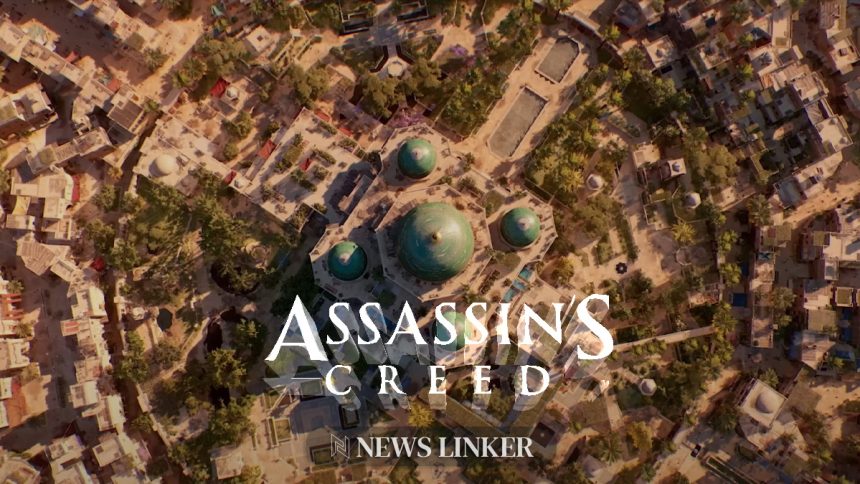A trend in gaming has sparked discussions among Assassin’s Creed Shadows players, particularly regarding the extensive use of yellow paint within the game. This design choice, intended to assist navigation, has ignited debates among the community. The vibrant coloration has become a topic of contention as players weigh its impact on the overall gameplay experience.
Assassin’s Creed series has evolved in its approach to visual cues, balancing immersive environments with player guidance. Earlier versions relied on more subtle indicators, whereas Shadows opted for more overt markers to facilitate navigation. This shift reflects the developers’ response to player feedback on previous titles.
Why Did Assassin’s Creed Shadows Introduce Yellow Paint?
The yellow paint was incorporated after playtesters found it challenging to identify climbable surfaces within the game’s dense environments. According to the creative director, Jonathan Dumont,
We didn’t have it until players were really struggling in playtests to find their path when engaging in [the] hidden trails activity.
He also noted that
the environment is lush and full, and giving a bit of guidance is needed.
How Has the Community Reacted to the Yellow Paint?
Player reactions have been mixed, with some appreciating the added guidance and others feeling that it detracts from the game’s realism and immersion. Online discussions frequently highlight these differing opinions, reflecting the community’s varied preferences.
What Impact Does the Yellow Paint Have on Gameplay?
The introduction of yellow markers simplifies the navigation process in challenging areas, allowing players to focus more on exploration and strategy. This adjustment aims to enhance the overall gaming experience by reducing frustration during complex sequences.
The addition of yellow paint in Assassin’s Creed Shadows demonstrates Ubisoft’s commitment to refining player experience based on feedback. While it addresses navigational challenges, it also raises questions about maintaining immersive environments. Striking the right balance between guidance and realism remains a critical consideration for future game developments.










